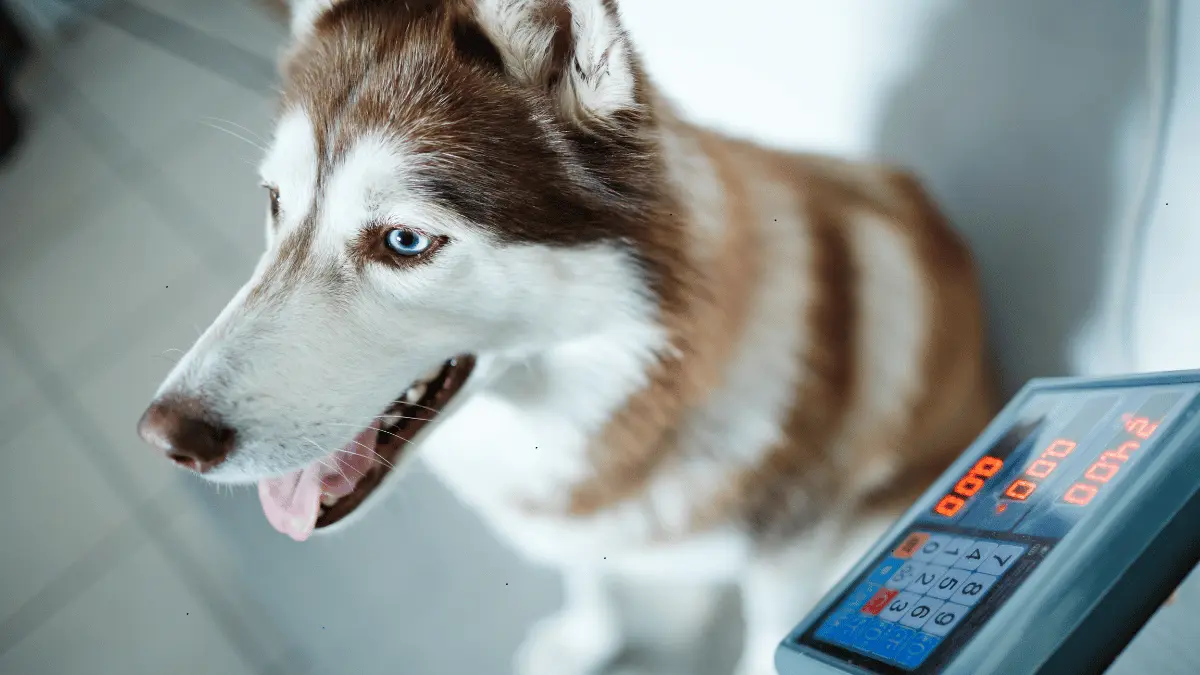10 Safety Tips for Exercising with Your Dog
Exercising with your dog is a fantastic way to bond with your furry friend while staying active. However, it’s important to prioritize safety to ensure a positive and enjoyable experience for both of you. Here are 10 safety tips to keep in mind when exercising with your dog:
1. Choose the Right Equipment
- Harness over collars: Harnesses are generally safer for dogs, especially during walks or runs, as they distribute pressure more evenly and reduce the risk of neck injuries.
- Properly fitting leash: Ensure the leash is the right length and fits comfortably on your dog’s collar or harness. A retractable leash can be dangerous in some situations, so consider a fixed-length leash.
2. Consider Your Dog’s Breed and Age
- Breed-specific needs: Some breeds are more suited for certain activities. For example, high-energy breeds like Border Collies or German Shepherds may require more intense exercise.
- Age-appropriate activities: Puppies and senior dogs may have limitations. Adjust your exercise routine accordingly to avoid overexertion or injury.
3. Check the Weather Conditions
- Extreme temperatures: Avoid exercising in extreme heat or cold. Excessive heat can lead to heatstroke, while extreme cold can cause hypothermia.
- Precipitation: Be cautious during rain or snow. Wet surfaces can be slippery, and your dog may get cold or wet.
4. Stay Hydrated
- Fresh water: Bring plenty of fresh water for both you and your dog. Dehydration can be dangerous, especially in hot weather.
- Avoid salty water: Salty water can be harmful to dogs. Stick to fresh water sources.
5. Choose Safe Locations
- Leash laws: Ensure you’re following local leash laws. Some areas require dogs to be on leash at all times.
- Avoid dangerous areas: Stay away from busy roads, construction sites, or areas with wildlife.
6. Watch for Signs of Fatigue
- Listen to your dog: Pay attention to your dog’s body language. If they seem tired, panting heavily, or refusing to continue, it’s time to rest.
- Avoid overexertion: Overexerting your dog can lead to injuries. Gradually increase the intensity and duration of your workouts.
7. Protect Your Dog from Parasites
- Preventative measures: Use flea and tick preventatives as recommended by your veterinarian.
- Check for ticks: After your walk, carefully check your dog for ticks. Remove any ticks you find promptly.
8. Be Mindful of Other Dogs
- Ask before approaching: Always ask before allowing your dog to greet another dog. Not all dogs are friendly.
- Respect other people’s space: Be considerate of others, especially those who may be afraid of dogs.
9. Consider Canine First Aid
- Basic training: Learn basic canine first aid techniques, such as how to stop bleeding, administer CPR, and recognize signs of heatstroke or poisoning.
- Emergency kit: Carry a canine first aid kit with essential supplies.
10. Enjoy the Experience
- Bonding time: Exercising with your dog is a great way to strengthen your bond. Have fun and enjoy the quality time together.
By following these safety tips, you can ensure that exercising with your dog is a positive and enjoyable experience for both of you. Remember to prioritize your dog’s well-being, choose safe locations, and be mindful of weather conditions. With a little planning and preparation, you can create lasting memories while staying active together.
Keywords: dog exercise safety, dog walking tips, canine health, dog training, pet care, animal welfare, pet safety, outdoor activities, dog owners, pet owners














